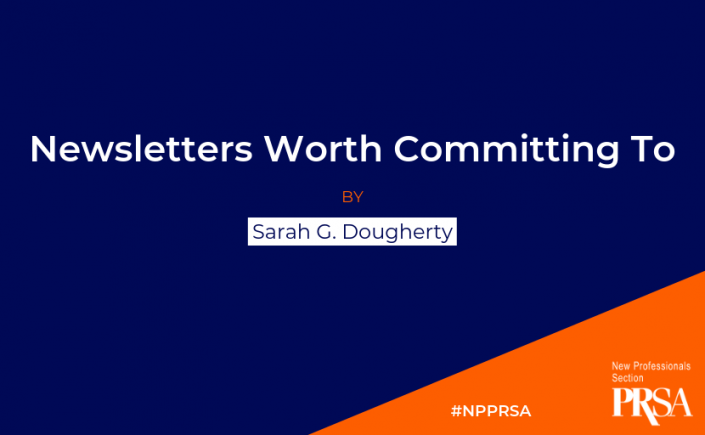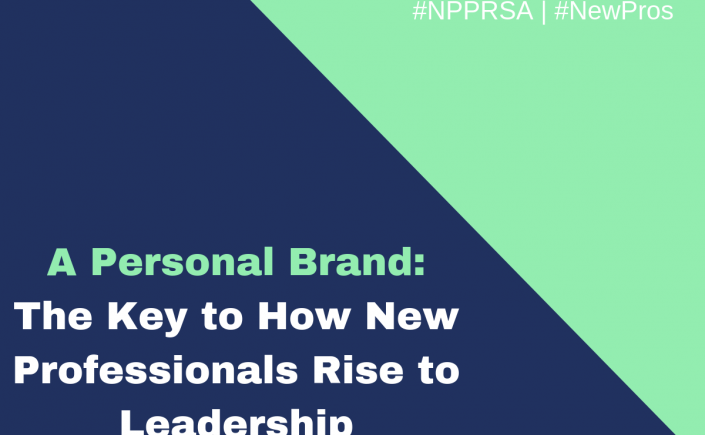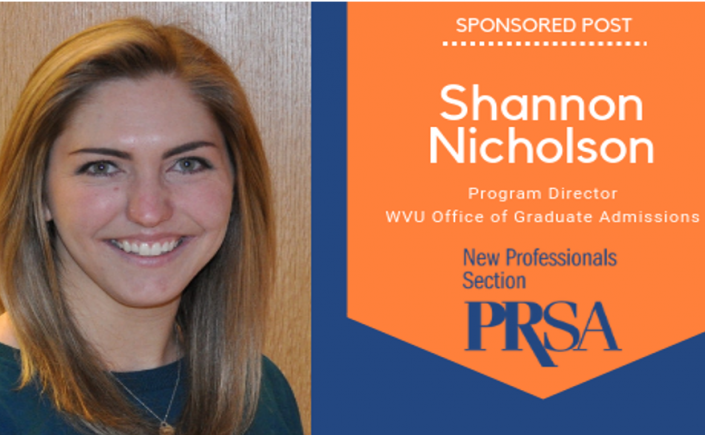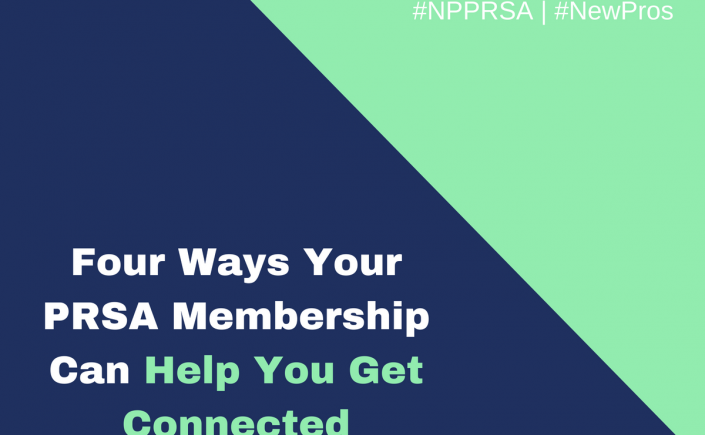Video may have killed the radio star, but the increasing number of daily, weekly and bi-weekly newsletters out there are certainly keeping e-mail alive and well. It seems like every outlet and influencer has a new newsletter available every day. On one side, as PR pros, each newsletter can feel like one more thing to keep track of when it comes to your clients and brands. On the other side, it also presents new opportunities to find possible placements, stay keen to what’s being discussed across industries, the markets and society at large.
For example, one of my former clients was in the fast-casual dining space and was relevant across corporate, financial, foodie, mom, fitness and pop culture outlets. It turned out that newsletters were a really great way to read what’s happening with competitors, the industry and general news in one foul swoop. Some were really niche, while others were as common as theSkimm. Throughout this monitoring experience, I also subscribed to several newsletters just for fun, which have come in handy during networking events and helped me in my personal life outside the office.
I don’t necessarily read *every* newsletter thoroughly *every* day, but am able to get a nice variety of content, be it professional or more social. Here are some of my go-tos:
The Business Newsletters
- The Skimm – the OG morning brief that sounds like your friend is sharing the news
- The Morning Brew – a newer brief that focuses a little more on in-depth and market news
- The Broadsheet – Fortune’s women-focused news update
- Fortune CEO Daily – Fortune’s daily news brief with great perspective from Alan Murray
- Fortune RaceAhead – Fortune’s diversity-oriented news update (Ellen McGirt’s Friday Haikus are unmatched)
- WSJ’s CMO Today – Good outlook on industry happenings, especially on the business/corporate side of Advertising, PR and marketing
- Marketplace – Quick hits of daily market/business headlines (Also accompanies a podcast. Very 2019.)
- FastCompany’s Daily News – More tech/innovation-focused daily update
- The Hustle – Like a hipster version of FastCo’s Daily News/theSkimm, with a slightly more obscure set of topics
- PRSA’s Issues & Trends – A great benefit of PRSA membership, the daily trends shows clips of hot campaigns and topics across the industry
The Miscellaneous-but-Interesting/Productive Newsletters
- Quartz Obsession – Dives into one topic/product/company a day. My favorites so far have been “Burrito” and “The Post-It”
- Finimize – Non-intimidating financial news in a quick/easy to understand read
- SheSpends – Think “Money Diaries” meets your personal finance professor, in a cool template with a relatable approach for young pro women
- FastCompany’s Work Smart – a weekly guide with quick tips for being more efficient at work
- Now I Know – A good way to learn something new every day (and great fodder for small talk)
The “Just For Fun” Newsletters
- Links I Would Gchat You if We Were Friends – a compilation of good reads from the week that you’d want to read and share
- The Newsette – Aesthetically pleasing Instagram accounts, daily routines of successful women and some fun fashion items/tips
- Girls Night In – I look forward to this every Friday. (Seriously.) It shares great reads for 20-somethings, thoughts on self care and “things to put in the group text”
- NYT’s Smarter Living – This weekly newsletter provides helpful takes on a variety of topics
It’s hard to sift through the amount of content available to us every day and week, but these have added value, whether at the office, for my professional development, or my personal benefit. Consider which outlets would be helpful and beneficial for you, your clients and your team.
Pro tip: I have a rule set in Microsoft Outlook to automatically filter newsletters into a specific folder so my inbox itself is free and I can find/skim the newsletters in one place. If you aren’t using Outlook, you can also use Unroll.me to receive all of your newsletters/subscriptions in one email instead of ~20.
What newsletters are your go-tos? Let us know!
Sarah G. Dougherty is a member of PRSA and PRSA New York. Following a stint on the agency side, she is on the external communications team at a Fortune 100 company. Sarah is a former member of the PRSSA National Committee and a graduate of The University of Alabama. Follow her on Twitter @sarahgdougherty.







